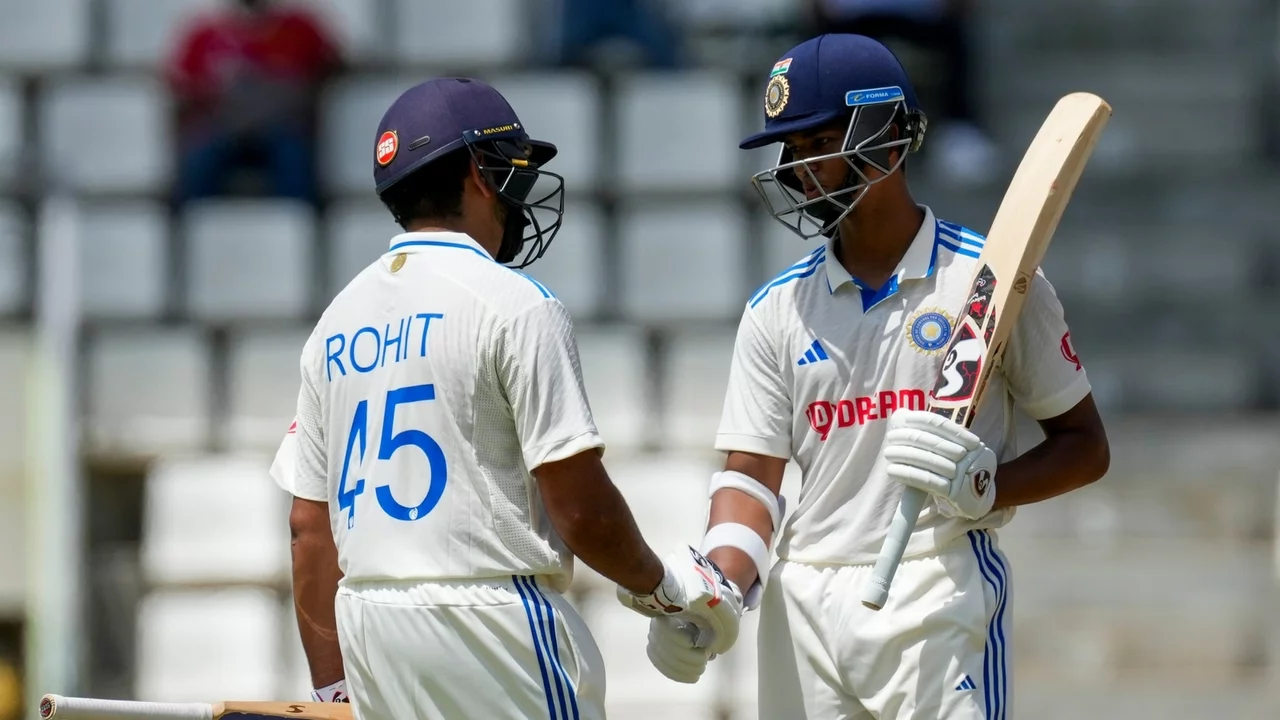USA vs India: What You Need to Know Before Making a Move
Thinking about moving, studying, or just comparing life in the United States and India? You’re not alone. Thousands of people ask the same question every day. Below you’ll find the most common points that matter – education, work, cost, and everyday habits. No fluff, just straight facts you can use right now.
Living, Studying and Working
For Indian students, the USA offers world‑class universities, big libraries, and a campus life that feels like a mini‑city. Classes are often larger, grading is stricter, and you’ll need good English writing skills. Scholarships exist, but competition is fierce. On the flip side, Indian colleges give you a strong foundation in subjects like engineering and medicine, often at a fraction of the cost.
When it comes to doctors, an Indian medical graduate can find high salaries and cutting‑edge technology in the US, but the licensing process is long. You’ll need to pass USMLE exams, secure a residency, and adapt to a new hospital culture. In India, doctors enjoy a respected status and a network of government hospitals, though salaries are lower and bureaucracy is higher.
Cost of living is another big divider. Rent in major US cities like New York or San Francisco can eat up most of your paycheck. In Indian metros, rent is cheaper, but you might spend more on transport and food out of habit. Groceries in the US are pricier, but you get a wide range of international products. In India, local markets are cheap and fresh, but you might miss the variety you’re used to.
Culture, Values and Everyday Life
Culture can feel like a roller‑coaster. In the US, people tend to be direct, value personal space, and expect you to speak up in meetings. In India, relationships matter a lot; family opinions often guide big decisions. Both places love festivals – think Thanksgiving in the US and Diwali in India – and both have a booming food scene, from pizza slices to street‑side chaats.
Technology use is high in both countries, but the platforms differ. Indians stream news on Hotstar, JioTV, and YouTube, while many Americans prefer CNN, Fox, or streaming services that bundle news. If you love staying updated, you’ll find a app for every habit.
Finally, think about legal and paperwork aspects. Renewing an Indian passport from Canada, for instance, takes 8‑10 weeks and a few forms. Getting a US visa can be a longer journey, especially if you’re applying for work or study. Understanding these timelines helps you plan ahead and avoid surprise delays.
Bottom line: the USA and India each have strong points and clear challenges. Your choice depends on what matters most – salary, education quality, cultural fit, or cost. Use the facts above to weigh pros and cons, then decide what feels right for you.

How is life different in USA compared to India?
In comparing life in the USA and India, I found distinct differences. The pace of life in the USA is generally faster and more structured, while India has a more relaxed, flexible lifestyle. The USA's infrastructure is more developed, with most citizens having access to advanced amenities, whereas India is still developing in many regions. Cultural differences are also stark, with the USA's individualistic society contrasting with India's strong community and family-oriented values. Lastly, the cuisine varies enormously, with the American diet being more fast food-based and the Indian diet revolving around home-cooked, spiced dishes.